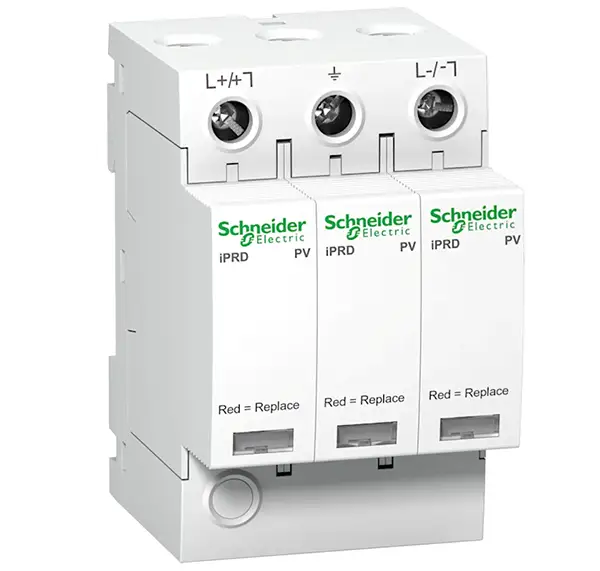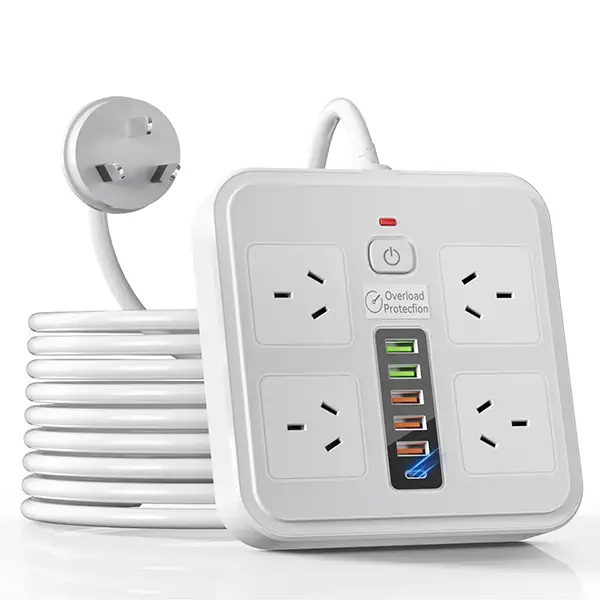In today’s tech-filled world, we’re surrounded by devices—smartphones, laptops, TVs, gaming consoles, fridges, air conditioners, and even Wi-Fi-connected washing machines. Most of these are powered through the same thing: your home’s electrical system. And while electricity is usually safe and reliable, it only takes one unexpected power surge to fry your gear. That’s where surge protectors come in. But what exactly is a surge protector, and do you really need one? Let’s break it down.
What Is a Surge?
Before we dive into what a surge protector does, let’s talk about the problem it’s designed to stop: the power surge.
A power surge is a sudden spike in voltage flowing through your home’s electrical system. In Australia, the standard voltage is 240 volts. A surge is when that number spikes much higher—sometimes into the thousands of volts—for just a fraction of a second. That tiny moment can be enough to damage or destroy sensitive electronics.
Common causes of surges include:
- Lightning strikes
- Downed power lines
- Power grid switching
- Large appliances cycling on and off (like fridges or air conditioners)
- Faulty or aging wiring in the home

Even if a surge doesn’t kill your device instantly, it can slowly degrade its internal components over time—reducing lifespan and reliability.
What Does a Surge Protector Do?
A surge protector is like a bodyguard for your electrical devices. It’s a device that sits between your electronics and the power outlet, detecting spikes in voltage and diverting excess electricity away from your equipment—usually to ground—before it can do any harm.
Inside most surge protectors is a component called a metal oxide varistor (MOV). When the voltage is normal, the MOV does nothing. But if the voltage jumps too high, the MOV springs into action and redirects the excess electricity, sacrificing itself if necessary to save your devices.

Surge protectors come in a few forms:
- Power boards (aka power strips) with built-in surge protection
- Wall-mounted surge protectors
- Whole-house surge protection devices installed at the switchboard by a licensed electrician
What Devices Need Surge Protection?
Not every electrical appliance needs surge protection—but plenty do. Here’s a general guide:
Recommended for surge protection:
- Televisions and home theatre systems
- Desktop computers, monitors, and laptops
- Wi-Fi routers and modems
- Gaming consoles
- Smart home hubs and security systems
- Medical devices
- Expensive whitegoods (e.g. fridges, washing machines, air conditioners)
Less critical (but still optional):
- Lamps
- Kettles
- Hairdryers
- Fans
If the cost of replacing the device—or losing the data on it—is high, a surge protector is a smart investment.